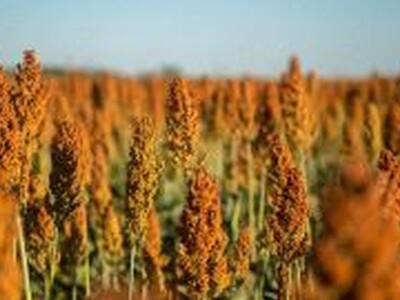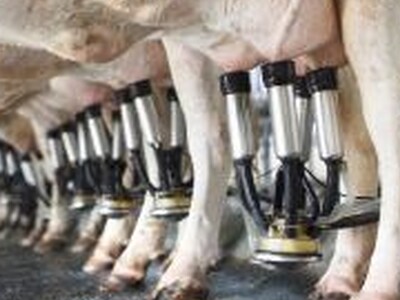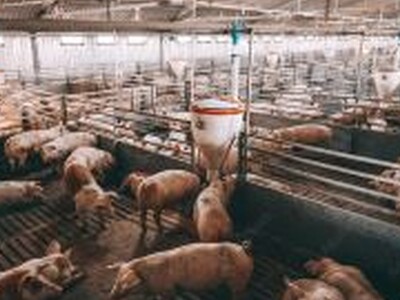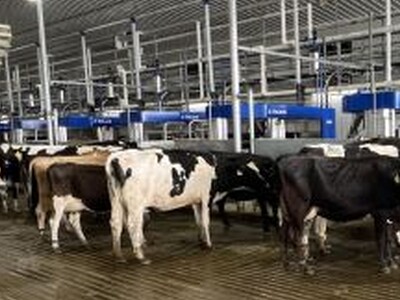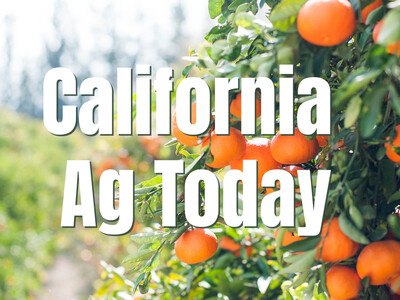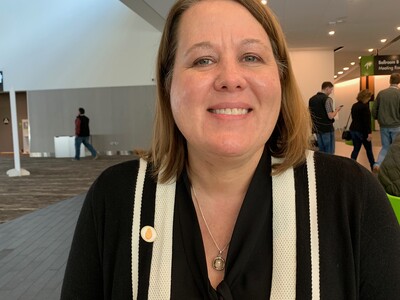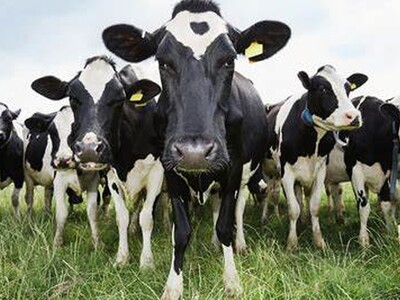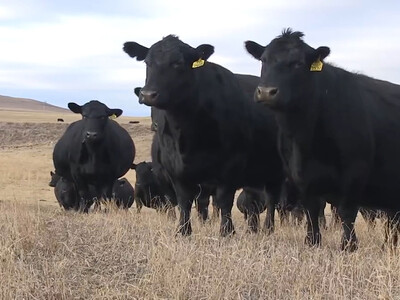Solar Power for Winery
Solar Power for Winery. I’m Greg Martin as Line On Agriculture presents the Harvest Clean Energy Report.
Solar power is finding may uses around the Pacific Northwest and most recently as a part of a long time winery in Kennewick, Washington. Jonathan Lewis is the manager of the renewable energy division for Hire Electric who was responsible for the installation of 2,200 square feet of solar array at Badger Mountain Winery. It is the largest installation of its kind at any winery in the Washington State.
LEWIS: The biggest challenge for this was getting the funding for this one. A big goal for the winery was to get the cost of the system down and to get that REAP grant through the USDA. So we helped them apply for that, we did the technical application for three years and they got turned down year one, year two and finally we got it in year three.
Lewis says they learned a lot during that time about making the application for the REAP grant.
LEWIS: Once they got the grant I think it was only a month and a half or two months ago so they were very ready to go with the system. They wanted to get this up and running before they started picking grapes and doing all their busy stuff. So right away we made the order. It’s kind of a slow time for solar right now because financing is so hard to get.
I tend to be a bit of a techy so when Lewis talked about the computer interface I was really interested.
LEWIS: There’s an internet monitoring piece but now Bill the owner of the winery really likes to be able to go in and he can click on this website and see what every single solar module is doing. We used micro-inverters so every panel has its own inverter to change the DC to AC and synchronize with the grid
It provides realtime information on what the system is doing, how it’s doing and if there are any problems. Over the system's lifetime, its 162 panels will offset the use of 845 tons of CO2. That's the equivalent of planting more than 4,000 trees or reducing 1.7 million automobile miles.
LEWIS: It’s a 36.4 kw. It’d be similar to like a 20 horsepower pump. It’s 3-phase 208 so they had a 480 service out here to run these agricultural buildings. We had to put in a transformer to step that down to 208. It offsets about 18% of the usage in these agricultural buildings, virtually running their metering backwards 18% of the time.
For additional information on clean energy, visit harvestcleanenergy.org. That’s today’s Line On Agriculture. I’m Greg Martin on the Ag Information Network.???www.harvestcleanenergy.org




